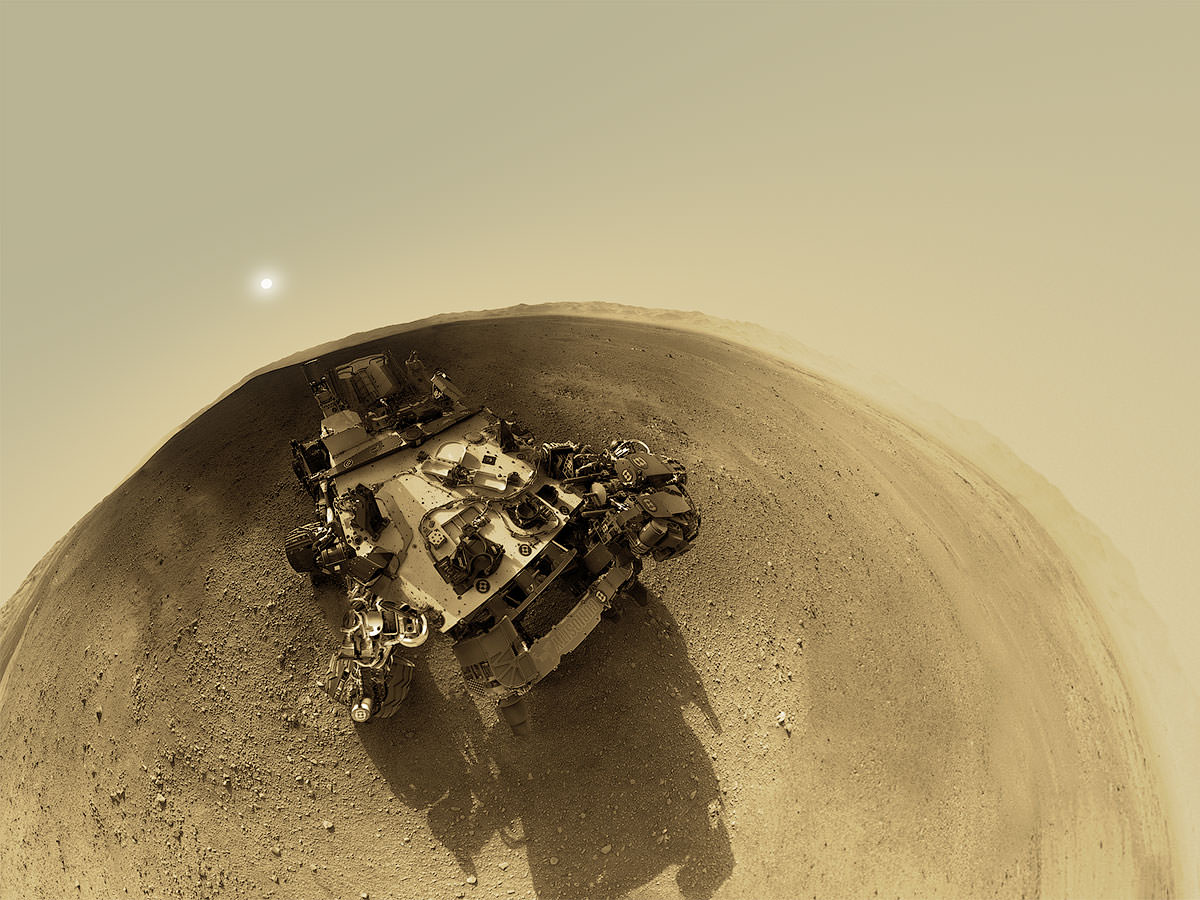


With patience and the right techniques, the results of a large format panorama can be many times better than what even the best top-of-the-line cameras can offer. At normal viewing angles, the differences seem relatively small, but looking at narrow crops shows how much more detail large format shooting can capture: 145 megapixels on the left, 24 megapixels on the right. To show how even a modestly sized large format panorama compared to a regular shot made on a 24 megapixel camera, check out some of the comparisons below. Multi-row panoramas have completely changed my definition of image quality and the technique has become my absolute favorite way to shoot landscape astrophotos. Panoramas allow us to, of course, increase image resolution, but they also reduce perceived noise, eliminate vignetting and aberrations, and give photos a significantly finer level of visual quality. This example was shot with a Sony a7S, Sigma 105mm f/1.4 Art f/1.4, 2.5s, ISO 12800

The result is a final photo with a resolution of about 400 megapixels. This example large format astrophoto was created by stitching together 112 individual 12-megapixel overlapping exposures. Then, in post-processing, we combine those photos together using a panorama stitching software to form a final, seamless, ultra high resolution image.

Using a medium telephoto lens, like a 100mm, we shoot a mosaic of individual overlapping photos, ideally in a careful grid-like pattern, to cover a much wider field of view. Large format panorama creation relies a little bit on both.Īt its core, the concept behind large format astrophotography panoramas is simple. Most of our astrophotography tutorials or guides on Lonely Speck focus specifically on improving image quality, whether it’s via gear selection or new techniques. That might seem like a small change, but with it comes a significant increase in resolution (between 3 and 7 times as much)… along with a number of additional challenges and hurdles. A 100mm will yield 4x more, and a 135mm will yield 7x more resolution.įor large format panoramas, we’re going to step up to a medium telephoto… between 85mm and 135mm. Shooting a multi-row panorama with an 85mm lens will result in nearly 3x more resolution than when using a 50mm lens for the same field of view. In the medium format technique, we used a 50mm lens. The primary difference between a “medium format” pano and a “large format” pano is the use of an even longer focal length lens. We simply combine multiple overlapping photos from a longer focal length lens to make a final photo with a much larger field of view and much higher resolution. And the methods I’m using for large format astrophotography are not much different from the panorama technique I showed in my post about “medium format astrophotography”. Of all of the techniques for shooting and processing that I’ve explored, panorama stitching stands out above all the rest in terms of improving resolution and maximizing the overall quality of an image. The equivalent sensor area of a large format panorama can be many times larger than common sensor sizes like full-frame, resulting in unparalleled image quality. The results are astrophotos with resolutions that can range from 150 megapixels to 1 gigapixel or more. Pretty much any interchangeable lens camera or camera with a 1″ sensor or larger will be able to utilize this technique. With the techniques in this article, it’s possible to emulate the image caliber of a 4×5″ or even an 8×10″ large format camera using a regular DSLR or mirrorless camera. I’ve spent the last half year learning how to shoot and process large format landscape astrophotography panoramas. And so, I’d like to share what I’ve discovered so far in my quest for capturing more pixels.


 0 kommentar(er)
0 kommentar(er)
